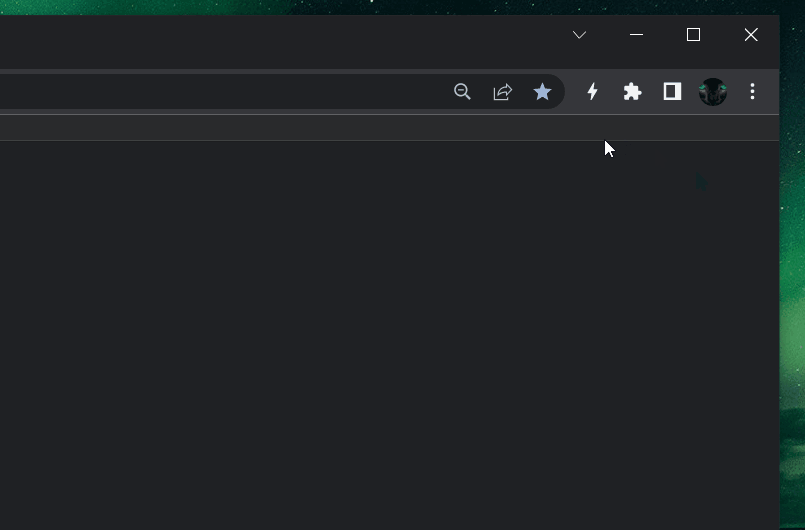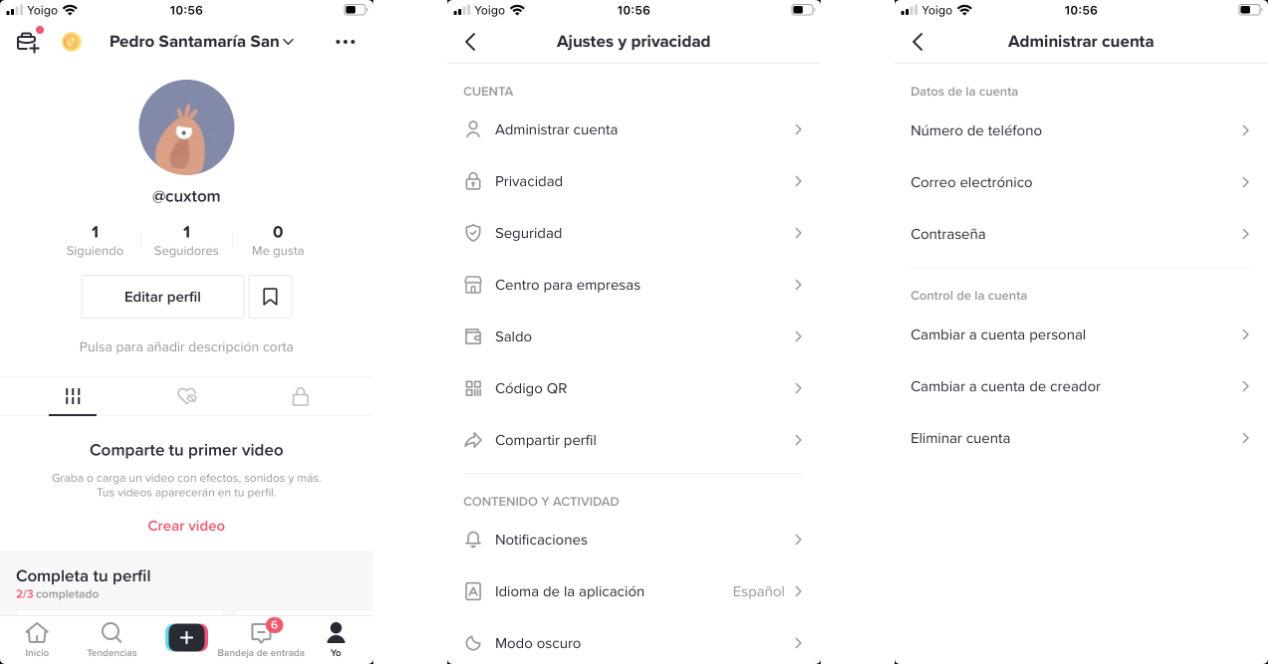
Chrome has been dragging the label of being a resource devourer for years, read memory, but also autonomy, and Google has been working for years to solve it or, rather, to mitigate the voracity of the browser, given that power requires resources. That is why, for years, patches have followed one after another.
As a curiosity, six years ago Google defended itself against Microsoft’s accusations – those from Redmond did not know that they were going to eat it with potatoes – ensuring that Chrome (53) no longer devoured batteries, although the truth is that this type of complaints occurred before and after, especially in relation to the impact that the browser has on the autonomy of portable equipment.
In this regard, Google has continued to implement measures to improve the performance and consumption of Chromefor example by fine-tuning certain settings in one way or another, usually through processes of exhaustive control of the use of resources (CPU and RAM) of Chrome itself.
As features understandable to the user, the freezing of the tabs that are not being used to free up memory, part of the “battery saving” mode, will sound familiar to you. But there is also the “high efficiency” mode. The unique thing about both modes is that they are alien to the user: it is the browser that manages itself… and it is not always right. Thus, Google intends to solve it with user intervention.
To do this, the developers of Chrome are working on two indicators that the user can activate and deactivate on demand to, forgive the redundancy, turn battery saving and high efficiency modes on and off. As simple as clicking and… done!
As far as is known, the battery saving mode (the lightning bolt icon) will act de facto with certain processes in the background, in addition to reducing the visual effects of Chrome and, therefore, the energy consumption. On the other hand, the high efficiency mode will do the same with the tabs in the background, being able to specify the time or add exceptions for websites.
At the moment, of course, neither one nor the other is within the reach of common Chrome users, since these are features that are still under development and will take more or less to be implemented… only in Chrome, or will they also be implemented? in other Chromium derivatives? We will have to see it, but in principle there should be no problem for it to be a shared function.
BTW: This was discovered by the same Reddit user who tipped us off the image editing feature in Microsoft Edge or the note taking feature in Chrome, neither of which have yet made it to the stable version of their respective browser. . But everything will go.





